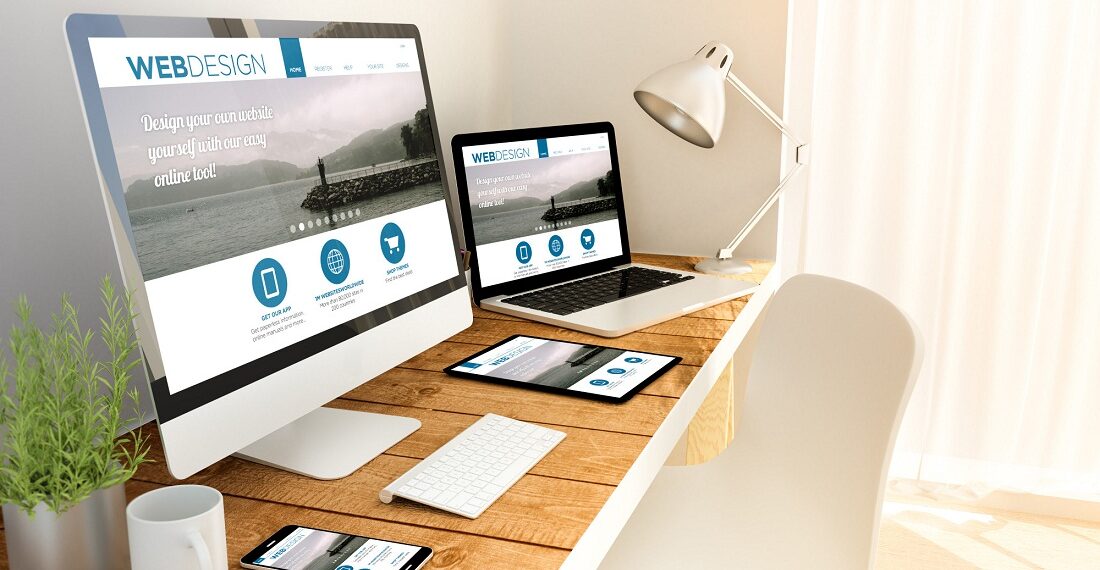According to surveys, more than 30 percent of web development projects are late or over-budget. If you don’t take the proper steps during the website design process, you can end up spending a lot more than you planned.
Fortunately, there’s an easy-to-follow process for good web design. Let’s look at the steps you should take.
Table of Contents
7 Steps in the Website Design Process
Many people think website design is all about how a website looks. While the visuals are part of the overall design process, they’re only one step. And it’s not at the top of the list.
1. Identify the Goals of the Website
The first thing you need to know before any coding or graphic design happens is the goal of the website. In other words, what is its purpose?
Is it an e-commerce site? A place for customers to get support? A lead generation tool? The purpose of the site has a bearing on how it should look and work.
2. Define the Scope of the Project
Once you have a goal in mind, you can determine the scope of the project. In other words, what pages and other features does the site need to reach the goal? And what is the timeline to get through the full design process?
3. Plan the Sitemap and Wireframe Layout
When you have your scope defined, you can start laying out the site itself.
The sitemap lists all the content on the site and defines how everything relates to one another. The wireframe is a rough draft of the visual layout of the website.
4. Create Content
Now that you have your sitemap planned out, you can start creating the content for your website. This could be text, images, video, or a combination of them.
At this stage, you should think about search engine optimization (SEO) when creating content. It’s much easier to start with SEO in mind than to go back and rework your content later.
5. Design the Visual Identity
Once you have some content ready, you can start working on the visual aspects of your website. This includes things like images, logos, color schemes, branding, and other design elements.
If you use a content management system (CMS) like WordPress or Drupal, you can modify the visuals independently from the content. You can click here hosting drupal really easily and get started on your website!
6. Test the Website
When you have the website ready to go live, run some tests to make sure everything works the way you expect. You can use a combination of manual browsing and automated crawling tools to test different aspects.
7. Launch the Site
After the testing is complete, it’s time to launch the website. Depending on the site’s purpose, this can be as simple as making it available on the internet or a more complex run-up to the launch date to build interest with your audience.
Don’t Skip These Important Steps
It’s important not to skip steps in the website design process. Cutting corners to save time or money will usually end up costing you more in the long run.
Browse through our Tech and Business sections for more helpful articles about building an innovative website and doing business online.

